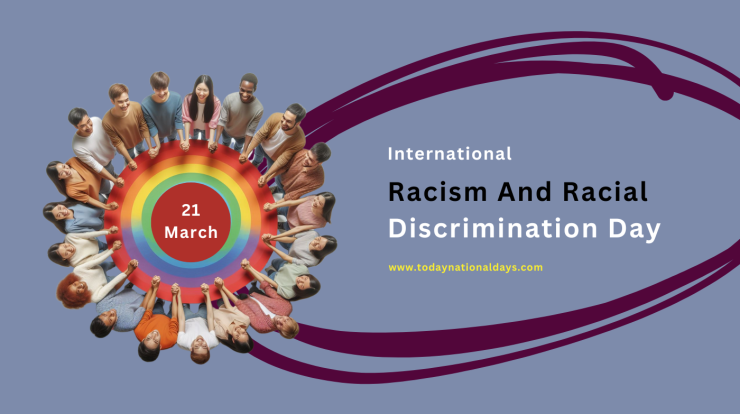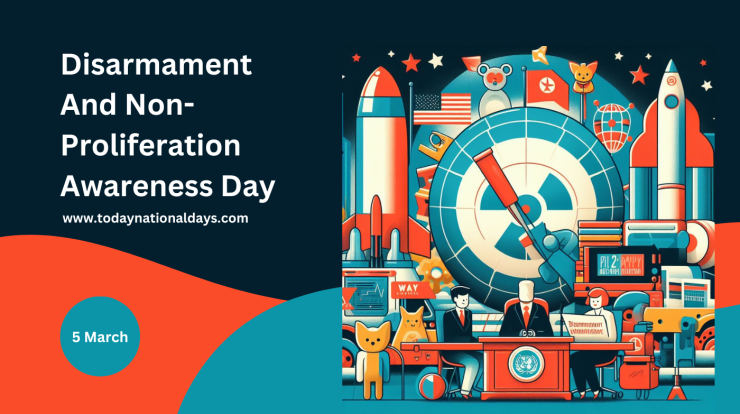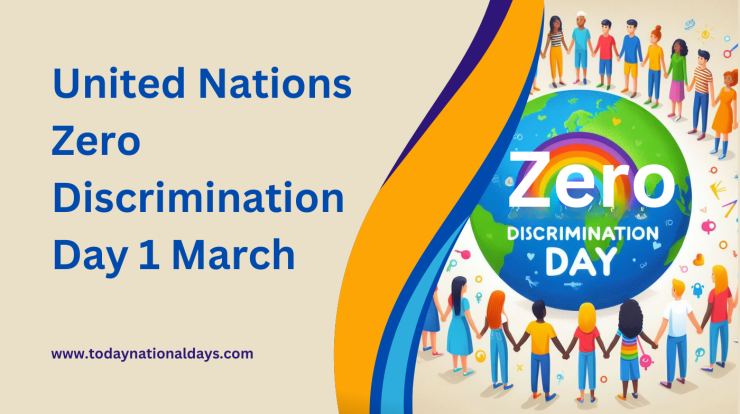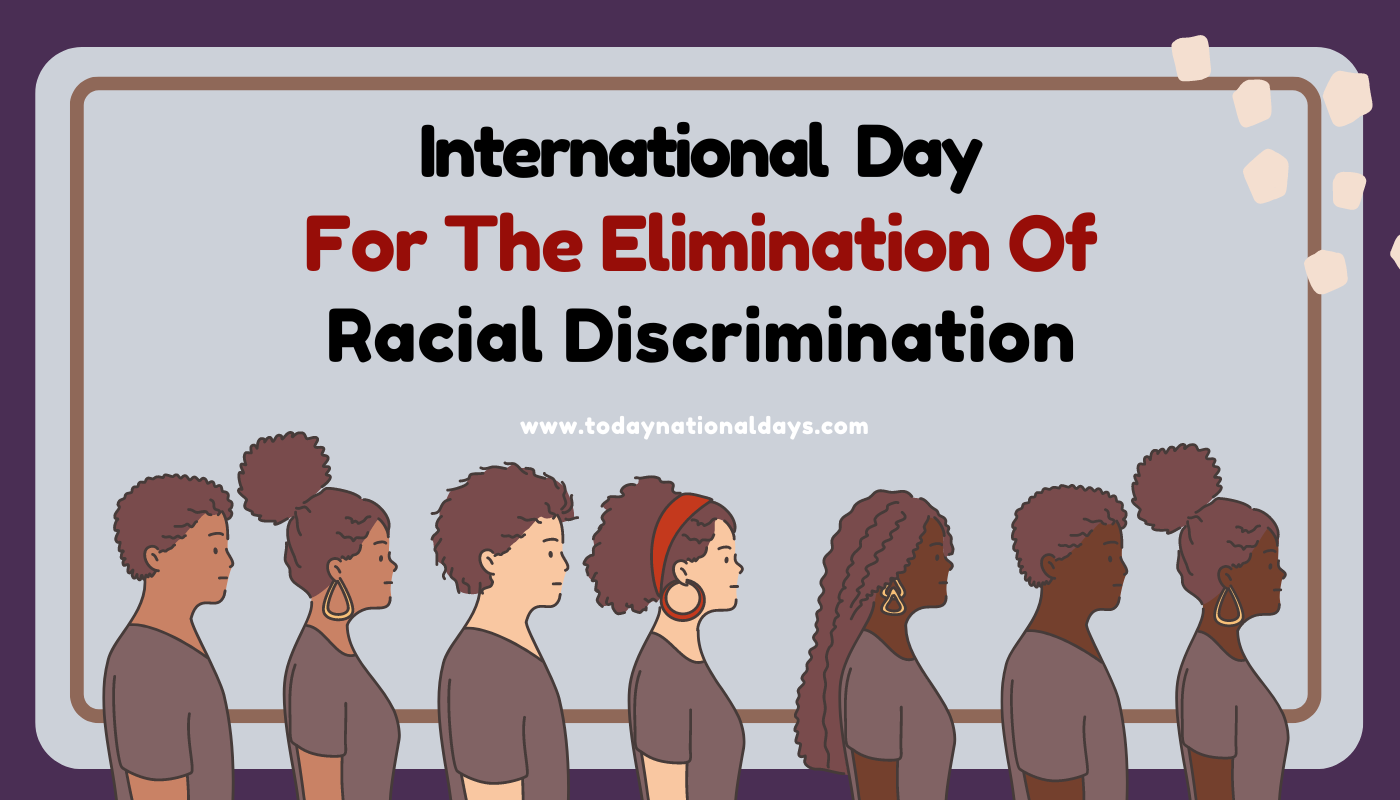
March 21 is the International Day for the Elimination of Racial Discrimination, established by the UN in 1966 after the tragic events in Sharpeville, South Africa, in 1960. It aims to raise awareness about racial discrimination and foster tolerance and inclusion among all races.
The March 21 theme, “A Decade of Recognition, Justice, and Development,” highlights the importance of addressing the challenges faced by people of African descent.
Background Of Elimination Of Racial Discrimination
On March 21, 1960, in Sharpeville, South Africa, police fired on peaceful protestors opposing pass laws, leading to the tragic Sharpeville massacre that claimed 69 lives and left 180 people injured.
In 1966, the United Nations General Assembly declared this day, urging global efforts to eradicate racial discrimination.
How Did The International Day For The Elimination Of Racial Discrimination Begin
In 1966, the United Nations General Assembly established the International Day for the Elimination of Racial Discrimination. This followed the tragic events of March 21, 1960, in Sharpeville, South Africa.
On that day, police opened fire on a peaceful protest against apartheid pass laws, killing 69 people and injuring over 180. This massacre highlighted the brutality of apartheid and underscored the urgent need for global action against racial discrimination.
Why Was This Day Created?
In 1966, the United Nations initiated this day to combat racial discrimination. It dedicates itself to raising awareness and finding solutions for those most affected by it. By 1991, apartheid laws were abolished, along with racist legislation in other countries. Since then, we’ve seen significant progress, but there’s still much ground to cover.
What Is Racial Discrimination
Racial discrimination is the unfair treatment of individuals based on race, color, descent, or national or ethnic origin. It prevents people from equally enjoying their human rights and fundamental freedoms. This affects politics, economics, social interactions, culture, and public life.
Discrimination shows up in many ways. Interpersonal racism affects our daily interactions. Institutional racism leads to unfair practices or policies. Societal biases deeply embed structural racism. Internalized racism shapes how we perceive ourselves and others.
Applying A Historical Perspective Elimination Of Racial Discrimination
Understanding racial discrimination requires examining its historical roots. Centuries of colonialism, slavery, and imperialism have profoundly shaped racial hierarchies and perpetuated discriminatory attitudes. Examples like the exploitation of indigenous peoples and the transatlantic slave trade highlight how Racism became institutionalized. This history has created a cycle of oppression where certain groups face systematic disadvantages based on race or ethnicity.
The effects of colonialism persist today, seen in unequal resource distribution and cultural erasure for indigenous communities. Similarly, the transatlantic slave trade’s legacy manifests in intergenerational trauma and socioeconomic disparities for African diaspora communities. Recognizing this historical context helps us grasp Racism’s ongoing impact on individuals and communities worldwide.
Facts About International Day For Racial Discrimination Elimination
- 88 countries observe Elimination of Racial Discrimination Day.
- Police brutality ranks 6th for black men’s deaths in the US.
- Mauritania abolished slavery last in 2007.
- In 2022, Black people faced 52.6 stop and searches per 1,000 compared to 7.5 for whites, 17.5 for mixed ethnicity & 17.8 for Asians in the UK.
- Share articles, videos, and photos on International Racial Elimination Day to document experiences.
- Promotes an anti-racist environment and raises awareness of racial discrimination’s dire consequences.
- British Columbia led the way by declaring the day in 1989.
Consequences Of Racial Discrimination
Racial discrimination’s impact spans wide, intertwining with broader social issues and posing global challenges. It hampers human rights and exacerbates inequalities, hindering progress toward Sustainable Development Goals. Combatting it is crucial for realizing the SDGs’ inclusive vision.
Systemic Racism undermines progress in various SDG areas like housing, education, health, and employment. Its pervasive nature calls for an intersectional approach, recognizing how racial discrimination intersects with other forms of oppression.
Tackling Spatial Inequality
There’s no one-size-fits-all fix for systemic discrimination. Spatial inequality often reflects systemic Racism, like how historical settlement patterns marginalized ethnic minorities. These communities face challenges like crime, overcrowding, and limited opportunities.
Understanding the interaction of racial discrimination with other social factors is critical to crafting effective solutions. By addressing the root causes of systemic Racism, we can create fairer societies where everyone has equal opportunities.
The United Nations’ Efforts To Combat Racial Discrimination
The International Day for the Elimination of Racial Discrimination is crucial in the UN’s global efforts to promote racial equality. Key milestones include adopting the International Convention on the Elimination of All Forms of Racial Discrimination in 1965, proclaiming the Decade for Action to Combat Racism in 1973, and convening the World Conference against Racism in 2001.
Aligning With The United Nations’ Sustainable Development Goals
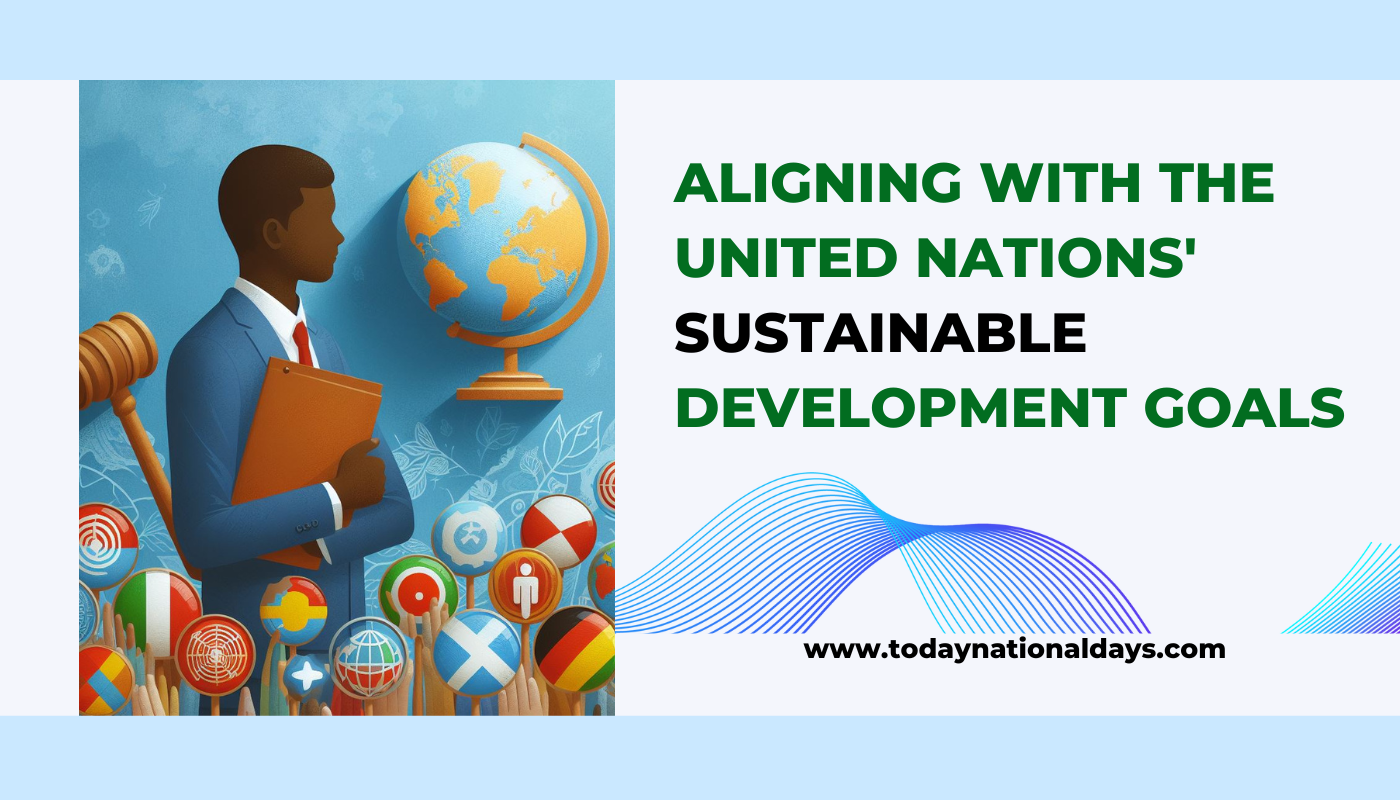
The International Day for the Elimination of Racial Discrimination contributes directly to achieving the UN’s Sustainable Development Goals (SDGs), notably: Advocating for social, economic, and political inclusion regardless of race, ethnicity, or nationality is central to SDG 10: Reduced Inequalities.
SDG 16: Peace, Justice, and Strong Institutions prioritize promoting tolerance, non-discrimination, and respect for human rights. Additionally, SDG 4: Quality Education underscores the importance of highlighting education’s role in confronting stereotypes, prejudice, and discrimination.
How You Can Get Involved In The International Day For The Elimination Of Racial Discrimination
Participation in the International Day for the Elimination of Racial Discrimination comes in various forms:
1. Educate Yourself and Others—Learn about racial discrimination’s history and manifestations and share your knowledge with others.
2. Speak Up – Challenge racism or prejudice where you see it, be it in the workplace, school, or social settings.
3. Support Anti-Racism Organizations – Donate time, skills, or resources to groups fighting Racism and promoting equality.
4. Celebrate Diversity—Engage with individuals from diverse backgrounds by attending cultural events to foster understanding and appreciation.
This day offers a crucial chance for individuals, communities, and nations to unite against Racism. By raising awareness, fostering dialogue, and taking action, we contribute to a more just and inclusive world.
Conclusion
Racial discrimination infringes on fundamental human rights and limits access to essential opportunities. To effectively address issues like environmental sustainability, labor rights, and justice, we must confront Racism. Achieving equality demands recognizing historical contexts and embracing inclusivity.
The International Day for the Elimination of Racial Discrimination brings people together to combat Racism, raise awareness, and take action. Let’s use this day to remind ourselves of the ongoing struggle for a fairer, more inclusive world.
FAQs of The Elimination Of Racial Discrimination Day
What Is The United Nations March 21?
The International Day for the Elimination of Racial Discrimination is observed every year on the anniversary of a tragic event. On this day in 1960, police in Sharpeville, South Africa, opened fire on a peaceful protest against apartheid “pass laws,” killing 69 people.
This day serves as a reminder of the ongoing struggle against racial discrimination and the need for continued efforts to promote equality and justice for all.
What Is The Main Aim Of Agenda 21?
Agenda 21 tackles today’s most urgent issues while preparing the world for future challenges. It represents a global consensus and high-level political commitment to development and environmental cooperation.
This comprehensive plan is designed to guide actions that promote sustainable development and environmental protection, ensuring a better future for future generations.
What Is Agenda 21, In Simple Words?
Agenda 21 is a detailed action plan designed to be implemented globally, nationally, and locally by United Nations organizations, governments, and significant groups. It addresses every area where human activities impact the environment, aiming to promote sustainable development and protect our planet for future generations.

